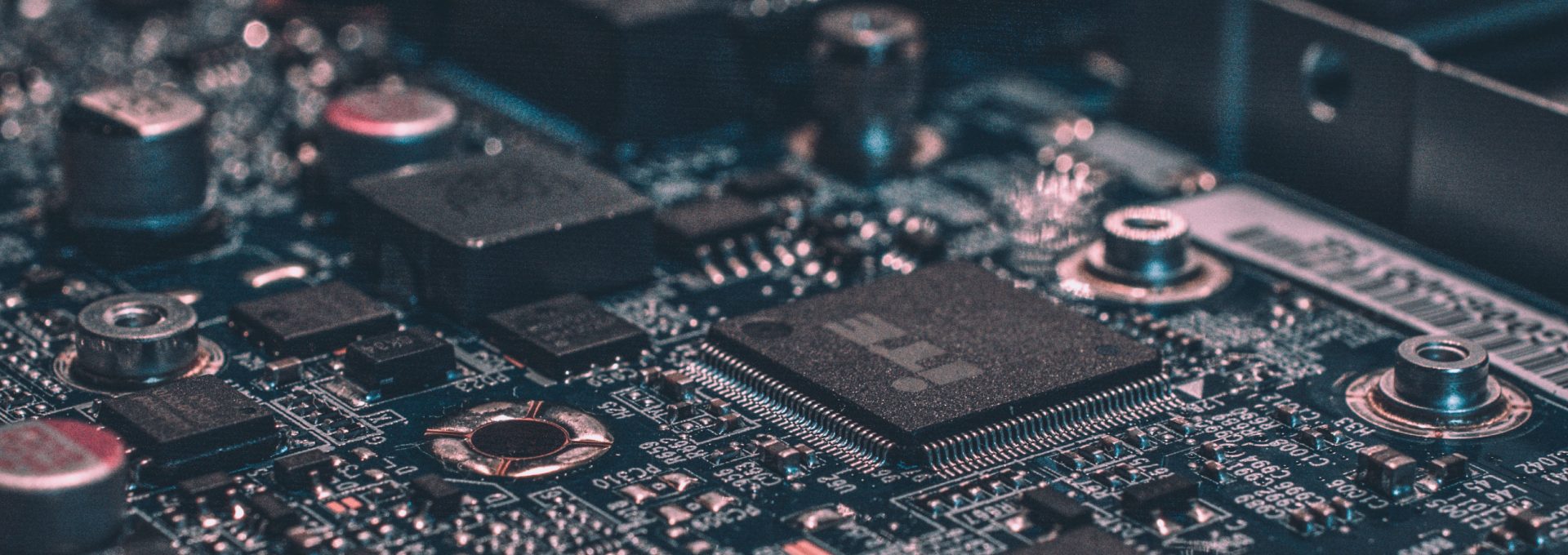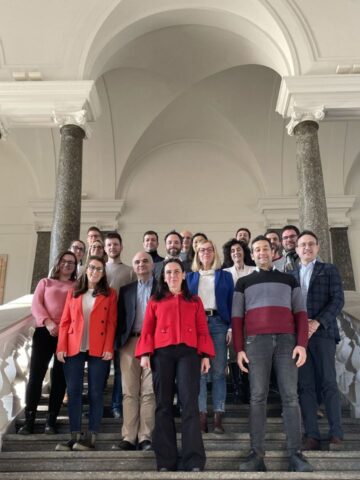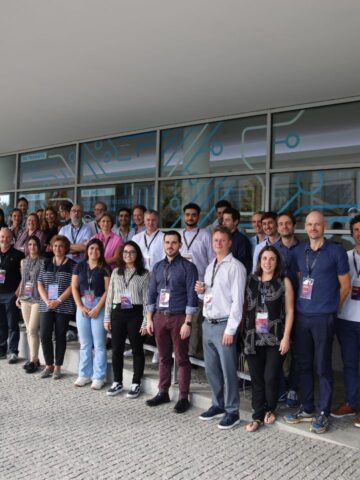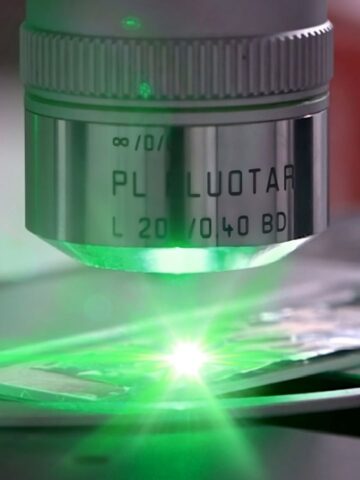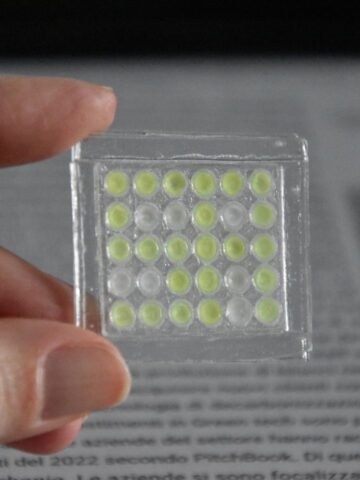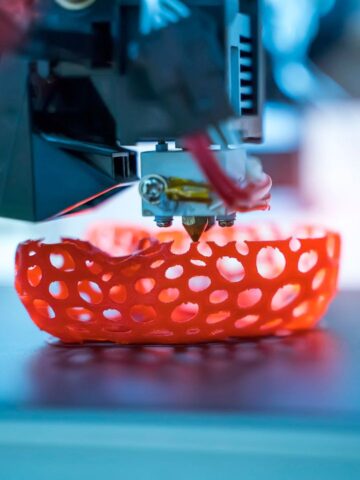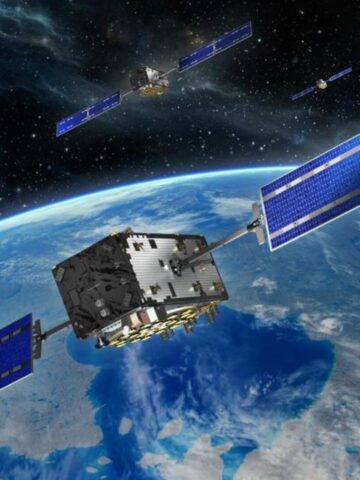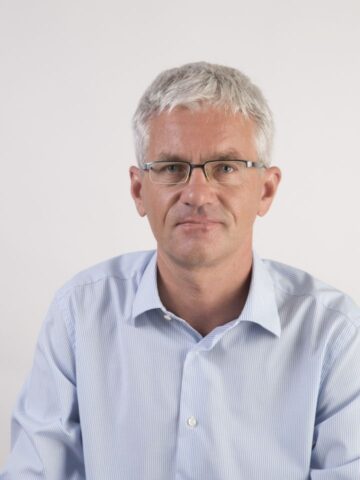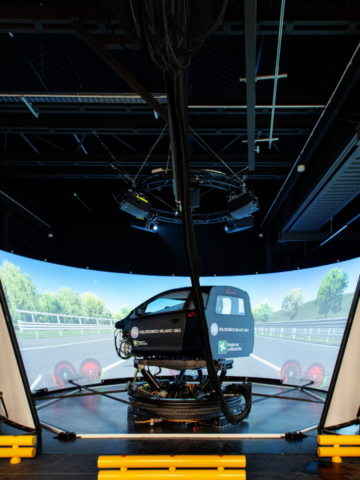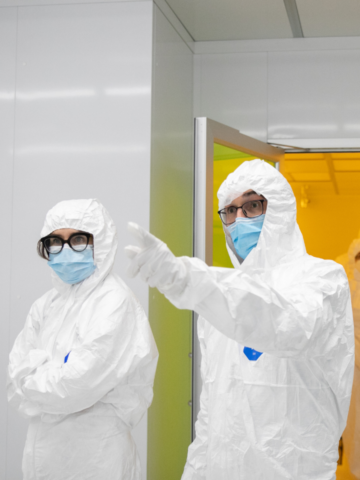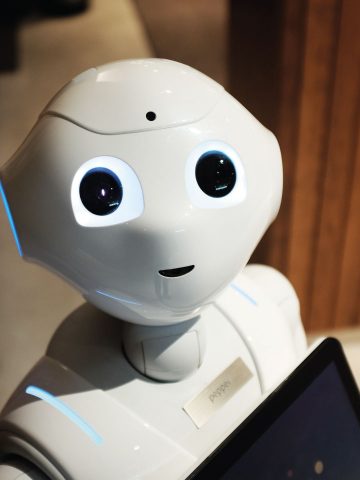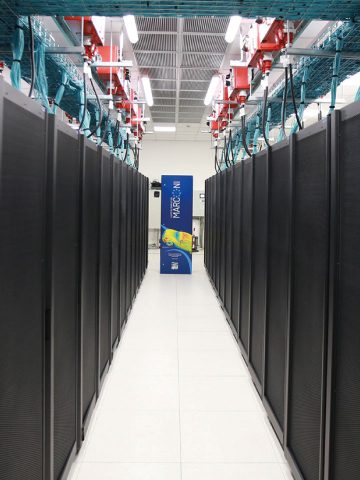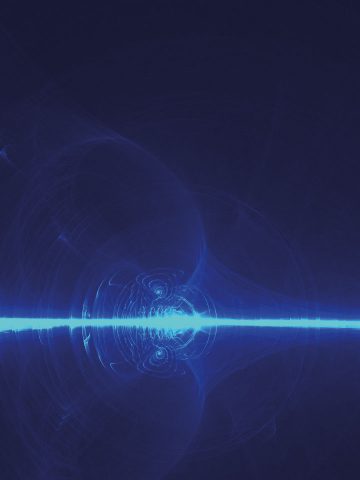Tag: resistive memory (ReRAM), resistive switching, computing circuits, memristore
Researcher: Daniele Ielmini
Department: DEIB
Researchers at Politecnico di Milano produced a novel in-memory computing architecture for a new generation of computing accelerators, with the potential to revolutionize the technology of artificial intelligence. Computers produced with this technology will offer greater functionalities and will be able to bypass the memory wall issue of digital computers. Compared with traditional CMOS technology, the new computers will be smaller, with less power consumption and will offer more functionalities, for example the capacity, such as the human brain’s ability to learn and recognize images.
The realized circuit is able to solve a system of linear equations (Ax=b) in a single operation in the timescale of few tens of ns thanks to an innovative method of in-memory computing, where the coefficients of matrix A are stored in a special device called memristor. The memristor is able to store analogue values, thus a memristor matrix can physically map a coefficient matrix A within the circuit, thus strongly accelerating the computation.
The proposed analogue in-memory concept is not only able to solve complex problems with huge saving in time and energy spending but has a lot of future applications, from the Internet of Things (IoT), to neuromorphic processors for artificial intelligence. The research has been carried out under the ERC European project RESCUE (Resistive switch computing beyond CMOS), of which Politecnico di Milano is the coordinating institution under the guidance of Professor Daniele Ielmini. The project was concluded in July 2020. Results have been published on the prestigious journal PNAS of the National Academy of Science of the USA.
Photo by Alexandre Debiève on Unsplash
